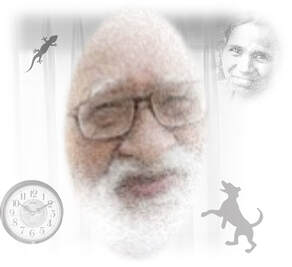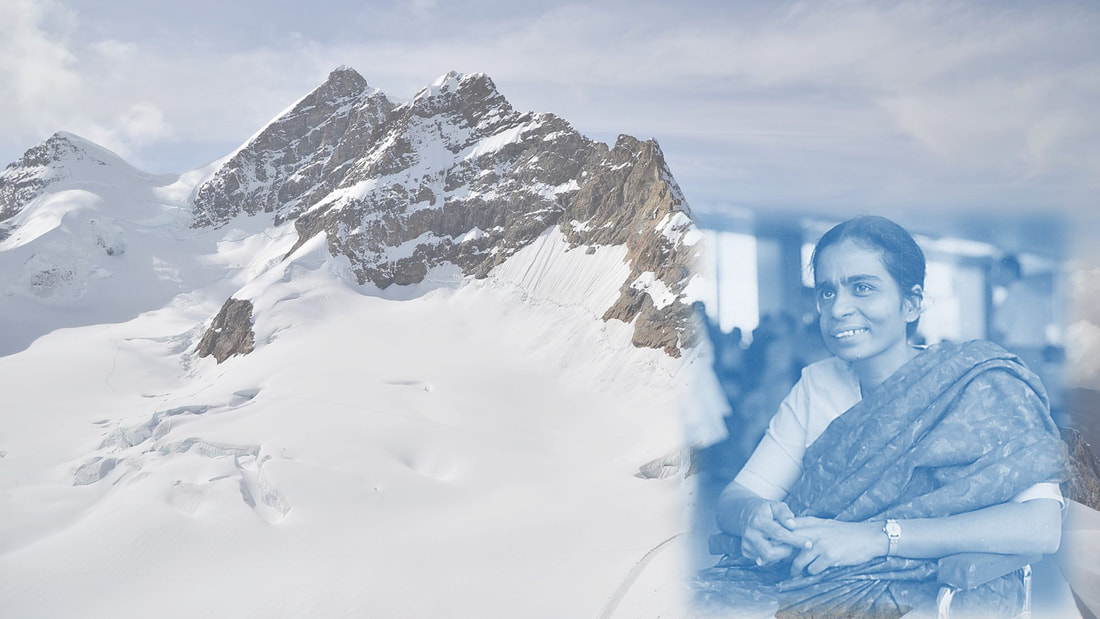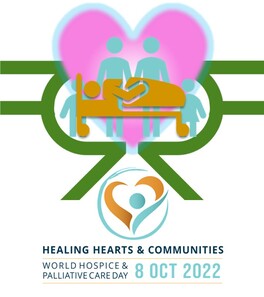|
There is a lizard on the other side of the pale curtain. It seems happy just holding on as the curtain sways.
The old clock ticks on, loud and relentless. The sound fills every gap in the banter and laughter. He is at the head of the dining table, most convenient to reach on his wheelchair. “Why don’t you make some tea?” he tells the maid. She is more than a maid. She was the chief help even when his wife was around. She took over as his prime caregiver after the wife’s death and an accident confined him to the wheelchair. A doctor who has come from a distant city checks him out. He obeys the gentle instructions. Raises his hands. Tentatively at first, grimacing at the pain. As the pain eases, a smile breaks through his white moustache and beard. As the testing and relieving continues, there is unceasing chatter, a lot of good-natured teasing between the patient and the doctor. The wheelchair handler is called in to understand the doctor’s instructions. Soak his legs in hot water before he goes to bed. As hot as, and as long as he can bear. As the doctor departs, so does the delivery guy from a grocer, who had been inside, stacking up stuff. The old man puts down his cup and resumes the story he was telling. Another trip down memory lane. Like the sun filtering through the leaves in a gentle breeze, dates and names are now bright, now in shadow. The maid signals the guests not to make him talk until he finishes the tea. Else he would again forget to sip. Again, she would have to reheat. He tells her to shut up and go away. She does just that. Keeping an eye on him but away from his eyes. She takes her time to respond and come to him when he calls her again. There is no malice. He is smiling. So is she, despite the sulk mask. No one who has interacted with him so far is related to him. Yet everyone around in the community is his family, tightly bound. By ownership, he ought to be alone in that grand old house. Someone or the other, from near and far, always ensures he is not. He is wheeled out, shouting out instructions for yet another get-together in the evening. The dogs waiting outside can barely contain their jumps and wags of glee. The clock ticks on as if urging the lizard to get a move on. It remains where it was. Tomorrow, more will come. So will more laughter.
7 Comments
She chose hand surgery because she could perform that sitting, confined as she was to her wheelchair. The Sitting Surgeon would go on to give wings to many. Dr Mary Verghese was keen to study obstetrics and gynecology. An accident shattered her dreams and left her a paraplegic. After that she underwent multiple excruciating surgeries so that she could get better at being a surgeon, who could not stand. In Take My Hands Dorothy Clarke Wilson tells The Remarkable Story of Dr Mary Verghese of Vellore. Here are some extracts from the book that reveal what a struggle it was for Dr Mary to recover from two spinal surgeries. The [first] fusion operation was performed on March 14, 1955. Bone chips taken from her hip were inserted between five lumbar vertebrae, in order to effect rigidity. [After the surgery] body encased in two slabs of plaster, either one removable, Mary was again placed on a revolving bed. Twice each day she was turned. In the morning, the nurses would remove the top slab and bathe her. Then, turning her over, they would remove the other slab and bathe her back. For two or three hours she was left lying face down. The back slab was then replaced, and the bed turned to leave her again lying on her back. The procedure was repeated in the evening. It was for the hours of greater freedom twice a day, lying on her face, that Mary lived. Head taped and pillowed, a book lying on a low table below the open bed frame, arms resting on the table, she could read or study. Avidly she read book after book [including] volumes on the causes of nerve paralysis. Immobile, widening horizons Not that the longer periods on her back were wholly wasted. She used them to pray for other people and to strengthen her own spiritual life. She enjoyed the visits of her many friends. She shared the problems of students and nurses, listened eagerly to news of all the latest romances and even tried to promote a few. Friends brought flowers every day, and one doctor even fixed a pot of blossoms under her bed so she could see it when she was lying on her face. Dr. Rambo, the American eye specialist, brought a travel poster of the Jungfrau and fastened it to the wall. 'You need something to widen your horizons,' he told her with a smile. 'This will help.' It did. How it did! It stretched the walls to include unbelievable vistas. The pinnacle of whiteness was like a glimpse of heaven. Reflecting life around Nurse Effie Wallace, as ingenious as she was practical, had attached a mirror to a bar over Mary's head, reflecting not only her face but the trays of food set on her chest, so she could feed herself normally, with her fingers. Even better, the mirror could reflect objects outside the window: the big tree, a bougainvillea bush, people passing along the path towards the leprosy clinic. The second operation was for fusion of her lower thoracic vertebrae, utilizing bone chips taken this time from her leg. Back in her room, Mary began again the weeks of immobility and waiting: the imprisoning slabs of plaster; endless hours on her back; the two shorter periods of respite each day on her face, the open book on the low table beneath her, the pot of flowers a splash of brightness on the bare cement floor; the cheering visitors; the young nurses and student doctors dropping in for advice and gossip; the praying for the needs of others; the sounds of hurrying feet; the reflections of a tree, a garden, striding figures. [Some years later, the aircraft was ready to take off as Dr Mary returned after her Fellowship at the Institute of Physical Medicine and Rehabilitation, New York.] The doors were closed, the seat belts fastened. The great plane began to move clumsily towards the runway, like a bird out of its proper element … or like a human being intended to run on swift limbs but doomed to lumber on wheels. It came to a stop, shuddered as if in mortal agony, then with a roar burst its bonds, mounted upward into freedom. Mary felt a kindred surge of triumph. She saw far below a huge city shrunk to incredible smallness, a blue expanse dotted with toy ships, then nothing but sunlight and clouds and infinite skies. She closed her eyes in wondering gratitude. I asked for feet, she thought humbly, and I have been given wings. The Mary Varghese Institute of Rehabilitation is part of the Physical Medicine and Rehabilitation Department of the Christian Medical College Vellore. The Mary Verghese Trust that was started by her in 1986 continues to conduct vocational training programs for persons with physical disabilities. In recognition of her contributions to medicine, in particular, to the field of physical rehabilitation in India, Dr Mary Verghese was awarded the Padma Shri by the then President of India, Shri V.V. Giri in 1972. She died in December 1986 at Vellore. Portions extracted from Take My hands: The Remarkable Story of Dr. Mary Verghese of Vellore written by Dorothy Clarke Wilson. © Dorothy Clarke Wilson 1963.
Image of Dr Mary Verghese from https://givecmcv.org/rehab-mela/ Jungfrau Photo by Carol Jeng on Unsplash. These days there are so many World Days. Insert a word between World and Day and there! Not all those days matter to all. Except for some. Like today. Today, October 8, 2022, is World Hospice and Palliative Care Day. Palliative care is the branch of medicine that is about care beyond cure. It helps one live in pain-free comfort, with dignity, until death. And offers solace to the family that must live through the dying and beyond. That may make more sense if you or someone dear to you is suffering. Or is dying. When the only hope left is for some quality of life (some peace, no pain, sufficient comfort, dignity retained) until life breathes. Quality of life is something that matters to all of us in every stage of life. Most so in the last stage. I am fortunate to have two friends in professions that work to provide quality of life in different ways. Dr Priyadarshini Kulkarni is a palliative medicine specialist and the founder of Ease and Comfort. Lovaii Navlakhi is a certified financial planner and transitionist, and the founder of International Money Matters. What has money got to do with palliative care? Or with quality of life when you are in no position to earn? We will let them answer. Dr Priyadarshini Kulkarni “I know a family that has just two aging parents at home. They have multiple problems and are totally dependent on others for every little thing. They prefer to be at home. Among an array of people employed to help them is one person whose only job is to be with them and keep an eye on them. This person has no training as a caregiver. Yet, this help alone is costing them more than ₹50,000 every month. Imagine the total spend! How many families can afford that?” Lovaii Navlakhi “When we think money, we tend to focus on the quantity. The more we have, the happier we feel. I think what is more important is what your money is doing for you. Is the quantity of money you have giving you the quality of life you want? That is why responsible financial advisors first understand what you want to do in life, before working out the most prudent way to invest your money to help you reach those life goals.” Priya “Treatment of a major disease like cancer will drain a lot of money. As dementia progresses there will be an increasing need for constant care. It is not always about palliative or end-of-life care. As life expectancy lengthens, as more and more families turn nuclear, there is also an increasing need for independent, geriatric care. It is a long wait. That does not come cheap.” Lovaii “Insurance is important, but your health insurance policy may stop supporting you after a certain age. Your best bet when you grow old is your younger self, what your younger self wisely put away all those years ago.” Priya "In most cases, the role of palliative care is to ease pain and provide comfort. But what often hurts the most is the loss of dignity. There was a very successful entrepreneur, who was once the king of his domain. He was now helpless, terminal. He wanted to know if it was possible for me to speed up the end. What was unbearable for him was to have his wife and daughter-in-law, the only family he had at home, take complete care of him as he just lay there. He did not want to be at the mercy of others. The problem was solved by handing over all care to medical professionals. Fortunately, the family could afford that. How many of us can?” Lovaii “Parents are so eager to educate their children, get them married and set up a home for them that they start saving right from the time their child a born. What they forget is to provide for themselves. By the time they realize that, it is too late because the cost of care is always rising. They end up being what they never wanted to be—a burden on their children.” Quality of life can mean different things to different people. Even for the same person, it can mean different things at different times as life goes through its inevitable phases and transitions. We do not want to talk of death. Nor are we comfortable talking about money with family. We cannot escape either, death or money. Between the two, why not plan the reality that we have more control over—money? Palliative care helps you live as well as possible until you die. And it preserves dignity by respecting one’s life till the end. Financial planning can facilitate this, for oneself and for others. Maybe it is time for a couple of name changes. Let’s change financial planning to life quality planning. And let us celebrate today as World Quality of Life Day. |
AuthorVijayakumar Kotteri Categories
All
Archives
July 2024
|




 RSS Feed
RSS Feed

